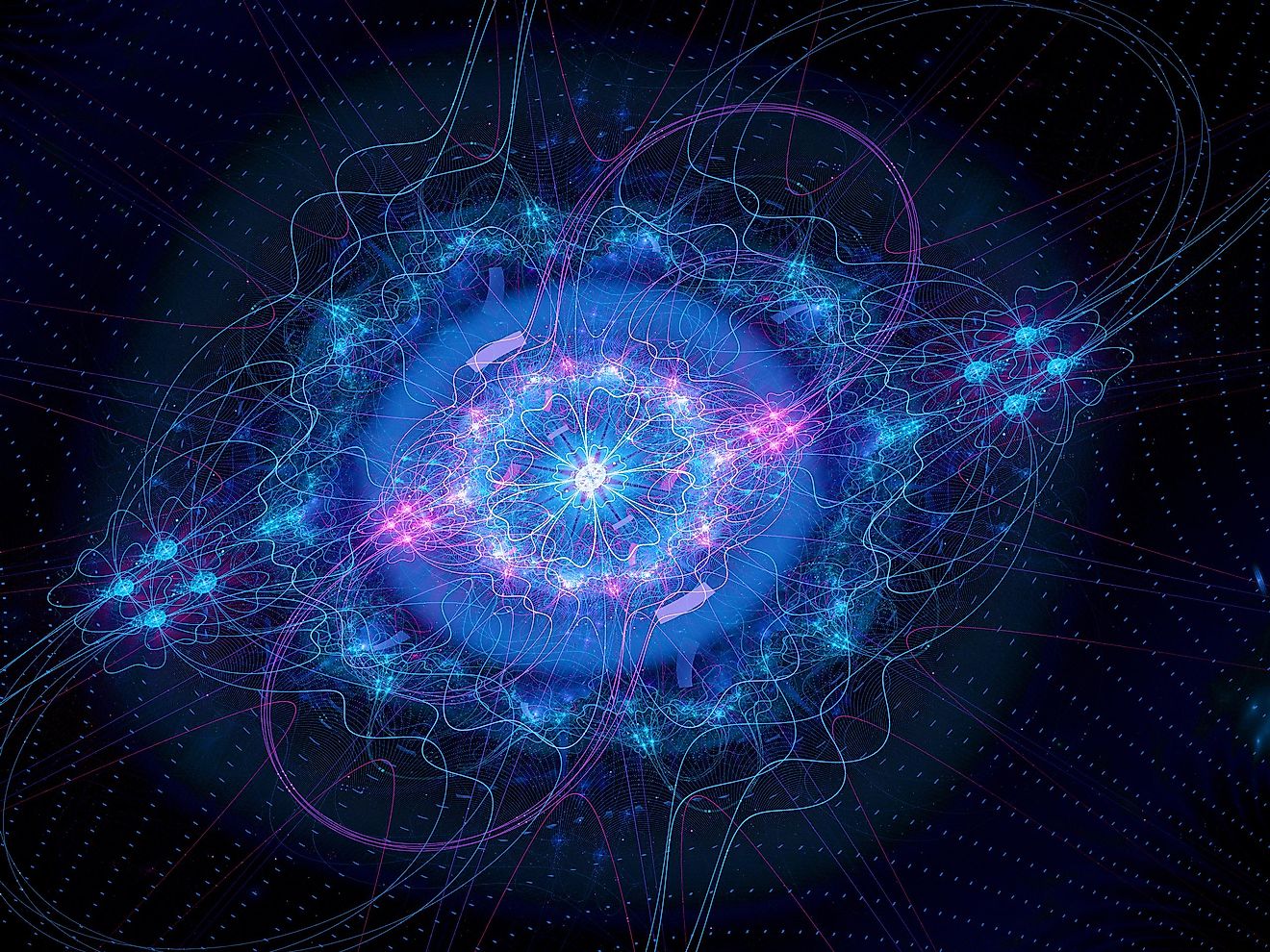
But at the atomic scale it’s so weak it can be ignored in almost all situations. The fourth, missing force – gravity – is a pretty important one in our daily lives. It is responsible for magnetism and electricity, but also holds atoms together and even stops us from walking through walls. The weak force causes radioactive decay thanks to the W and Z bosons.įinally, the electromagnetic force is carried by the photon. It holds quarks together to make protons, neutrons and more exotic large particles.

The strong force is carried by the aptly named gluon. They carry three of the four fundamental forces in nature: the strong force, the weak force and electromagnetism. Meanwhile, only five bosons are responsible for all of the interactions between matter.

All bigger particles and all matter are made out of just quarks and leptons. However, protons and neutrons are not part of the Standard Model because they are bigger particles made out of quarks. Of the familiar particles that make up the atom, the electron is a lepton. There are 12 fermions, split into six quarks and six leptons. The fermions are the building blocks of matter. They are split into two groups: the fermions and the bosons. Only two of these – the electron and the photon – would have been familiar to anyone 100 years ago. The Standard Model consists of 17 fundamental particles. By the mid-1970s, the theory was so well-established it became known as the Standard Model. This helped particle physicists look for patterns and links. And by applying a mathematical theorem developed by Emmy Noether in 1918 that links symmetries with nature’s conservation laws to the subatomic world, it placed these fundamental particles into lists and groups, much like the periodic table of elements.

This picture reduced all of the known particles down to just a few elementary ones. Yet through a collective worldwide effort combining theory and experiment, a picture began to form in the 1960s. But the complex connections between the particles made it hard to make sense of what was going on. Physicists knew there was a whole microcosmos involving hundreds of particles to explore – and more particles to find. And theories had been developed to explain the forces between these particles and the ways that they combine to make other particles. Exotic particles like muons, neutrinos and antimatter particles had all been discovered. By the 1960s it was clear that knowing about the atom barely scratched the surface of particle physics.


 0 kommentar(er)
0 kommentar(er)
